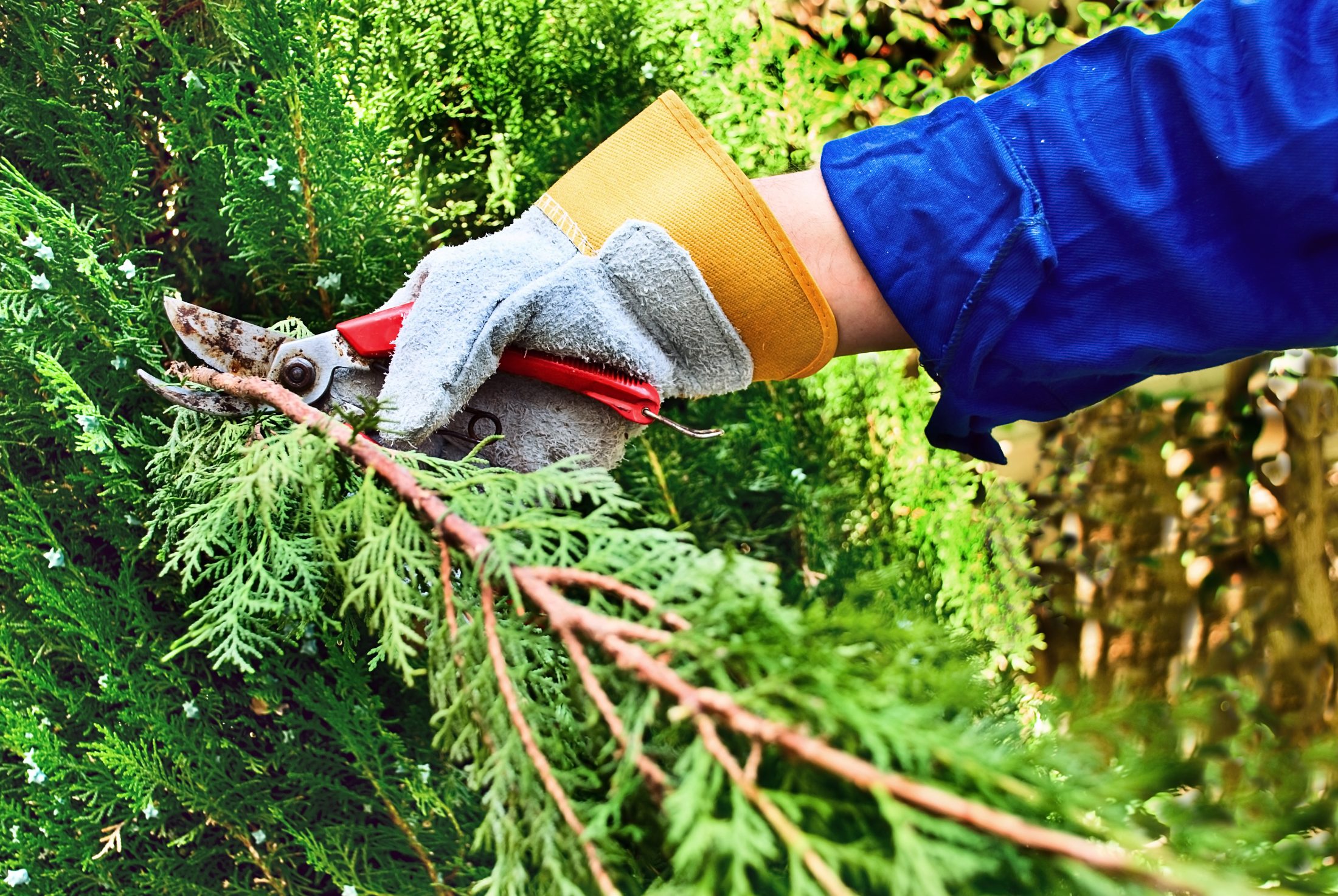“Winter” or “dormant” pruning is an essential horticultural practice that an experienced landscape contractor will utilize at their discretion. This is essentially a hard cutback (more than you would cut with hand pruners or shears during a typical pruning session) to reshape the plant and encourage new growth to form towards the inside of the plant. As plants are pruned during the summer months, a landscaper will strategically take as little plant material off during each pruning to avoid plant stress during hot temperatures. Because of this, the plant will start to form more leaves on the outside of the plant and less on the inside, creating a very bare environment in the middle of the plant over time. It is imperative that most woody shrubs are dormant pruned at strategic intervals during their life cycle. Not every shrub needs yearly dormant pruning, but some do. Your dedicated landscape professional should be able to distinguish which ones those are.
Depending on the plant variety and the amount of sunlight the plant receives each day, be prepared for a relatively slow grow back, especially if these cutbacks are performed in the dead of winter. If viable, we recommend waiting as close to March as possible since days are starting to get longer which will promote more sunlight and rapid photosynthetic growth. This will shorten the amount of time the plant will remain bare, with Spring becoming the first active growing period of the year for most woody plant material. If hard cutbacks are being done in heavily shaded areas throughout the year, be prepared for an even longer grow-back period. Depending on the severity of the cutback needed, it could take over a year for a plant to regain its natural vigor when in a heavily shaded area.
Dormant pruning also has other perks as well. It can apply to trees, too, for instance, as this is a great time to provide limb ups and more major cutbacks on them. Less sap is lost in the wintertime, putting less stress on the tree. Dormant pruning in the winter is also great because it can reduce the transmission of diseases and pests, mainly since the frigid temperatures inhibit the activity of both.
Whether you are attempting to tackle dormant pruning on your own or trusting a landscape expert, be sure to do the correct research and come up with a plan this winter. Hopefully, the points made above will help you give you a baseline of what needs to be done and what to expect given the circumstance. Please reach out to us today to discuss your dormant pruning needs!

